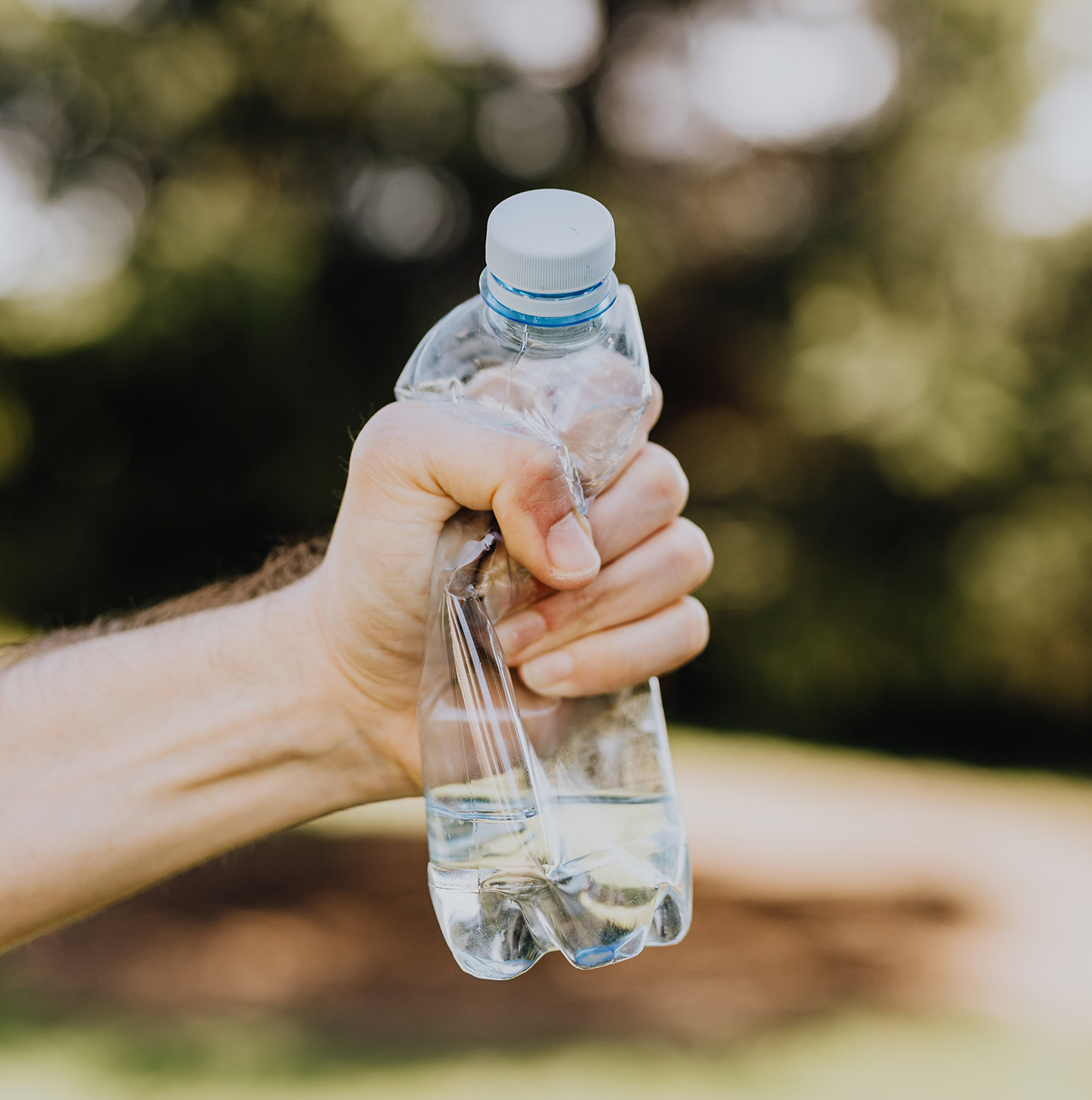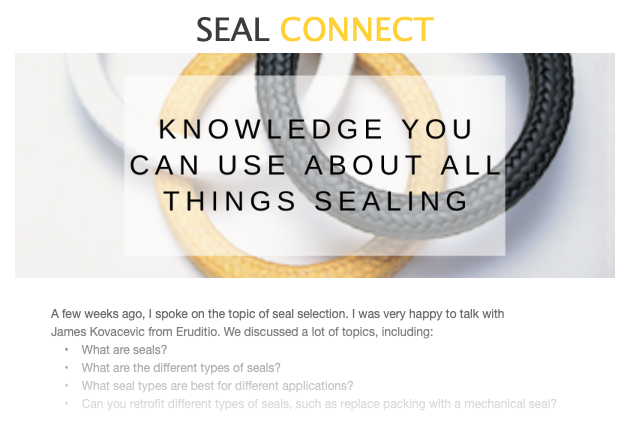Microplastics: The Silent Dilemma in Our Food Chain
 This blog is in response to a Fox News article titled “Microplastics found in overwhelming majority of American mean, water, plants: study” found here: https://fxn.ws/48IyNbQ
This blog is in response to a Fox News article titled “Microplastics found in overwhelming majority of American mean, water, plants: study” found here: https://fxn.ws/48IyNbQ
With recent news about the presence of microplastics found in the American food supply, we need to stop and consider such information carefully and responsibly.
The first reality we must face is that plastics are in our food supply, and there are few if any, solutions for this. Plastics are involved in the manufacture, storage, transportation, and packaging of almost everything we consume. While the facts should not be minimized, it also shouldn’t come as a surprise to us that this is the case. Modern conveniences and lower costs always come with some degree of risk and compromise.
A study supported by the NIH https://pubmed.ncbi.nlm.nih.gov/29573716/ outlines the known dangers of repeated exposure to Wi-Fi and the threat it poses to humans. These risks are widely known and measurable, yet we are not trading in our routers (at least not most of us) or overreacting to these risks. This is because the convenience of Wi-Fi is more important to us than whatever small risk we are exposing ourselves to by using it. The same is true of driving, flying, or anything else we do.
The question is whether the convenience that plastics offer outweighs their potential risk. It can be argued that life without Wi-Fi (while much more inconvenient) is still sustainable, but life in the 21st century without plastics is next to impossible. If you Thanos snapped your fingers and made every molecule of plastic instantly disappear, toxic chemicals would flood into our water supply and streets, deadly gasses would pour into the air, phones would stop working, electronics would be no more, planes would fall from the sky, and cars would stop running. Not to mention, the majority of your food would have no way to be manufactured or make it to your pantry. In short, without plastics, life as we know it would cease. Does that make it worth the risk?
Another consideration is that we still don’t know how these microplastics affect humans. Unlike the measured and measurable effect of Wi-Fi on humans, it is yet to be determined what, if any, adverse effects are posed by the presence of these plastics. It could be none, or it could be equal to that of Wi-Fi. Wouldn’t that make them worth the risk and end the conversation?
The old adage applies here: you can’t have your cake and eat it too. If we want all the conveniences of modern life and don’t want everyone to go bankrupt trying to pay for basic necessities, plastics are here to stay. That’s a good thing, too, because regardless of what some may say, plastics have made life a whole lot better.
If you would like to further discuss the use of plastics in our food supply, please contact SEPCO plastics specialist, Cody Kaufmann 205.403.7500 or codyk@sepco.com.
 SEAL CONNECT
SEAL CONNECT Find Your Sealing Solution
Find Your Sealing Solution